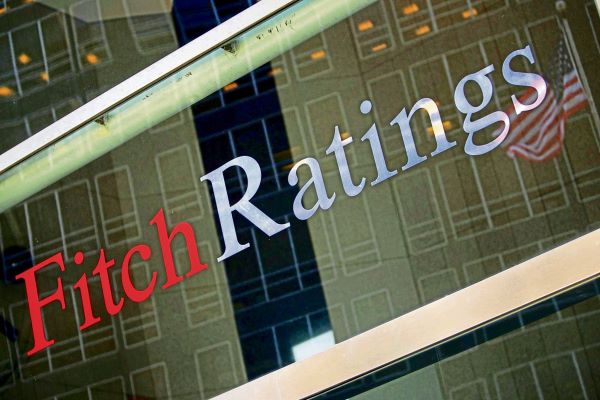We estimate potential GDP growth of 6.4%, led by strong public capex, a private investment pick-up and favourable demographics

Fitch Ratings has affirmed India's Long-Term Foreign-Currency Issuer Default Rating (IDR) at 'BBB-' with a Stable Outlook.
India's ratings are supported by its robust growth and solid external finances. A strengthening record on delivering growth with macro stability and improving fiscal credibility should drive a steady improvement in its structural metrics, including GDP per capita, and increase the likelihood that debt can trend modestly downward in the medium term. Still, fiscal metrics are a credit weakness, with high deficits, debt and debt service compared with 'BBB' peers. Lagging structural metrics, including governance indicators and GDP per capita, also constrain the rating.
Steady Growth: India's economic outlook remains strong relative to peers, even as momentum has moderated in the past two years. We forecast GDP growth of 6.5% in the fiscal year ending March 2026 (FY26), unchanged from FY25, and well above the 'BBB' median of 2.5%. Domestic demand will remain solid, underpinned by the ongoing public capex drive and steady private consumption. However, private investment is likely to remain moderate, particularly given heightened US tariff risks. There has been a notable slowdown in nominal GDP growth, which we forecast to expand 9.0% in FY26, from 9.8% in FY25 and 12.0% in FY24.
Tariff Risks: US tariffs are a moderate downside risk to our forecast, but are subject to a high degree of uncertainty. The Trump administration is planning to impose a 50% headline tariff on India by 27 August, although we believe this will eventually be negotiated lower. The direct impact on GDP will be modest as exports to the US account for 2% of GDP, but tariff uncertainty will dampen business sentiment and investment. Moreover, India's ability to benefit from supply chain shifts out of China would be reduced if US tariffs ultimately remain above that of Asian peers. Proposed goods and services tax (GST) reforms, if adopted, would support consumption, offsetting some of these growth risks.
Low Inflation: Falling food prices and policy actions by the Reserve Bank of India (RBI) have kept inflation contained. Core inflation is stable around the 4% mid-point of the RBI's 2%-6% target band. Headline inflation fell to 1.6% in July, driven primarily by easing food prices. The RBI cut its policy repo rate 100bp to 5.5% between February and June 2025. We think low inflation will provide space for one more 25bp cut in 2025. Credit growth slowed to 9.0% in May from 19.8% a year earlier due to high policy rates and tighter macroprudential measures on unsecured consumer credit. However, we expect credit growth to pick up on the monetary easing.
Robust Medium-Term Outlook: We estimate potential GDP growth of 6.4%, led by strong public capex, a private investment pick-up and favourable demographics. We assume healthy corporate and bank balance sheets will spur an investment acceleration, but this may depend on better visibility over the domestic consumption outlook. The government's deregulation agenda and GST reforms should support incremental growth. Passage of other significant reforms, especially on land and labour laws, seems politically difficult. Still, some state governments are likely to advance such reforms. India has signed several bilateral trade agreements, but trade barriers remain relatively high.
Subscribe to our newsletter & stay updated.